(Future Technologies: Development and Applications of Artificial Intelligence)
Date and place: June 13, 2025, WSEI Academy, Lublin, Poland
🌐 Conference website: https://conf.nx365.ai
🎥 Conference recordings will be regularly made available on YouTube:

On June 13, 2025, the WSEI Academy in Lublin became the center of discussion on the future of technology, hosting the third edition of workshops dedicated to innovative technologies and application applications of artificial intelligence. The event attracted a wide range of interested parties – from representatives of the scientific and business communities to students for whom AI is a key area of professional development. The main goal of the meeting was to thoroughly discuss the dynamically developing topic of the use of artificial intelligence, with particular emphasis on its role in logistics, production and transport.

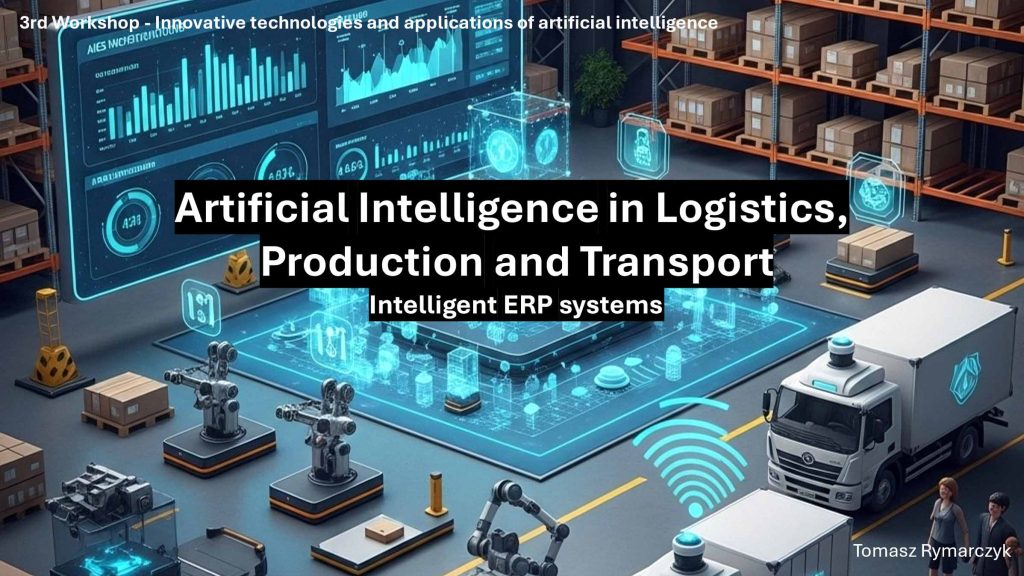
The workshop was opened by Prof. Tomasz Rymarczyk, who in his inaugural lecture presented the key directions of development of artificial intelligence in logistics, production and transport, as well as the functioning of intelligent ERP systems.

The presenter emphasized how AI tools significantly affect data analysis, automation of logistics processes, transport management and integration of IT systems in industrial environments. During the presentation, attention was drawn to the “J-Curve” model, which illustrates the typical course of implementing new technologies – the initial drop in efficiency is a natural and necessary stage before achieving lasting efficiency improvement.
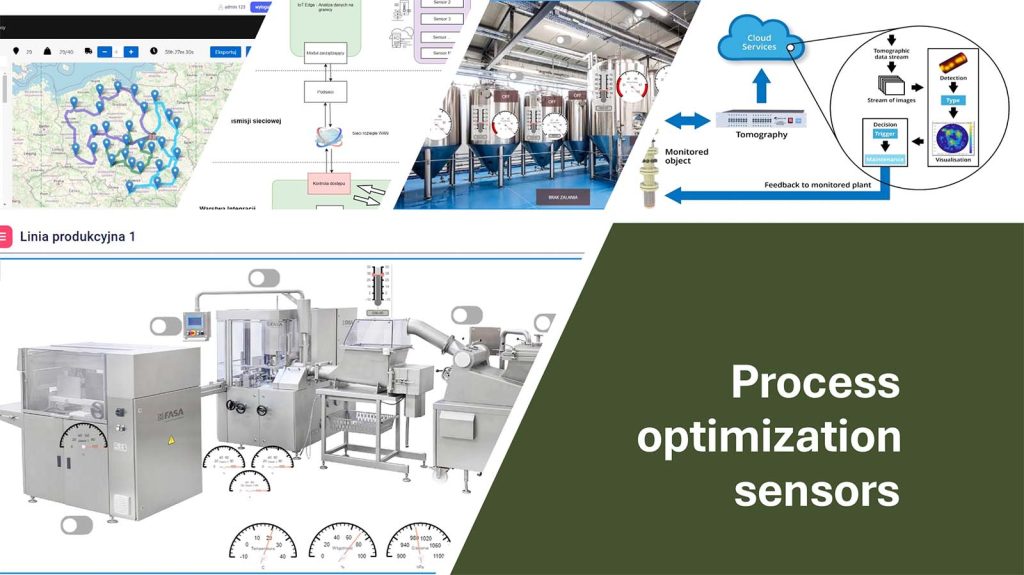
The speaker also noted that the reliability of AI systems increases asymptotically, which means that striving for absolute perfection is ineffective, and system optimization should focus on achieving high, acceptable reliability.
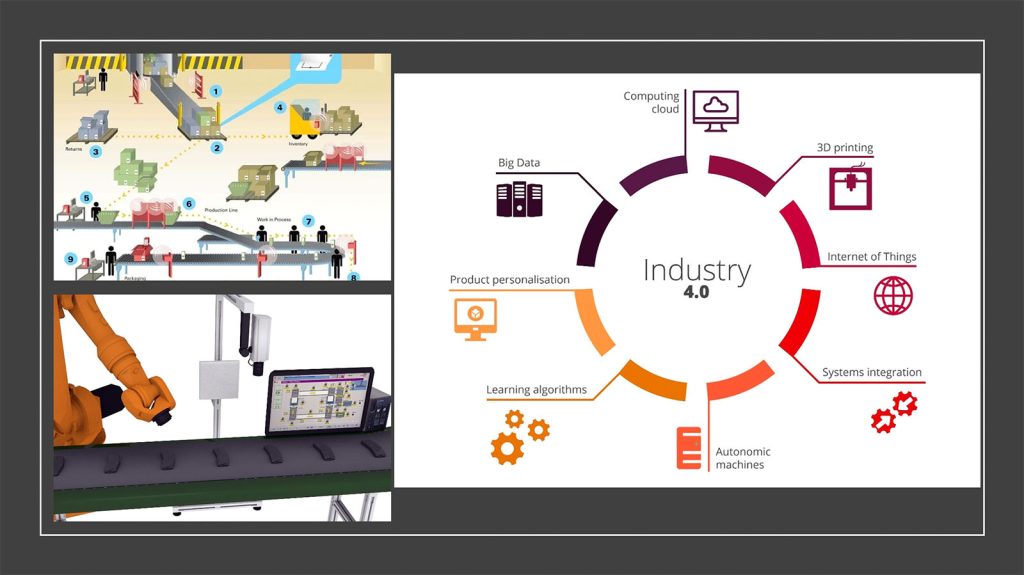
In the next part of the lecture, special attention was paid to practical aspects of implementing machine learning algorithms. Specific applications of AI in logistics were discussed, such as route optimization and fleet management, warehouse automation using robots and vision systems, as well as demand forecasting based on historical data analysis. In the context of transport, the development of autonomous vehicles was discussed, which, thanks to AI, have the potential to revolutionize the industry and significantly increase safety. In the area of production, the role of AI in process automation, predictive maintenance and quality control using image recognition was presented.

The next item on the agenda was a technological lecture by Dr. Eng. Dariusz Wójcik entitled “Spyware as exemplified by Pegasus software.” The presentation thoroughly analyzed the phenomenon of spyware, focusing on the technical aspect of Pegasus’ operation, its capabilities to infiltrate mobile devices, methods of obtaining data, and methods of avoiding detection.

Dr. Wójcik also touched upon the important legal, ethical and social context of using this type of software, particularly in state actions against citizens and journalists, emphasizing the difficulty of detecting Pegasus and the lack of transparency in its use by the services.
Then, as part of the thematic lecture, Dr. Jakub Pizoń presented “CRM – a modern solution with AI support”. The evolution and problems of classic CRM systems were discussed, while introducing the concept of CRM AI Native – a system integrated with artificial intelligence mechanisms. The challenges related to relationship management in a developing enterprise were defined, such as the loss of personal contact with the customer and data fragmentation.
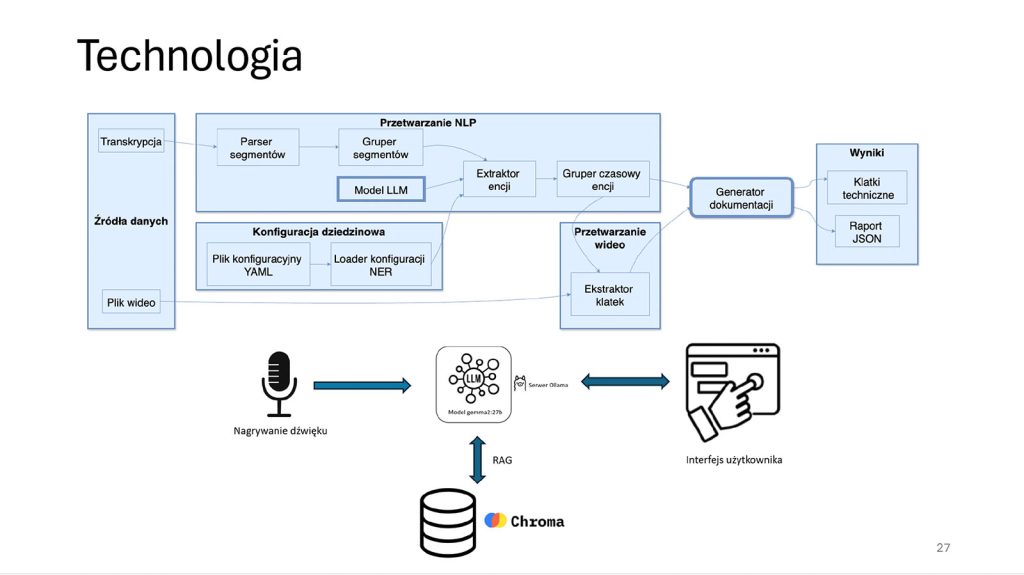
AI solutions (e.g. intelligent assistants) were proposed to support relationship analysis and process automation. The presentation included indications of specific language models and technological tools, including LangChain, Qdrant, Gemma 3, as well as the CRM application architecture developed by Netrix, focusing on increasing the efficiency of relational activities on a large business scale thanks to AI.
After the lectures, Session 1: Innovative Technologies began, chaired by Dr. Jakub Pizoń. A number of interesting studies were presented during this session:

Łukasz Gugała in his paper “Research on mental disorders using sound analysis and machine learning algorithms” presented an ambitious project with huge social potential. Its goal is to create AI models capable of detecting early signs of depression based on the analysis of acoustic voice features.
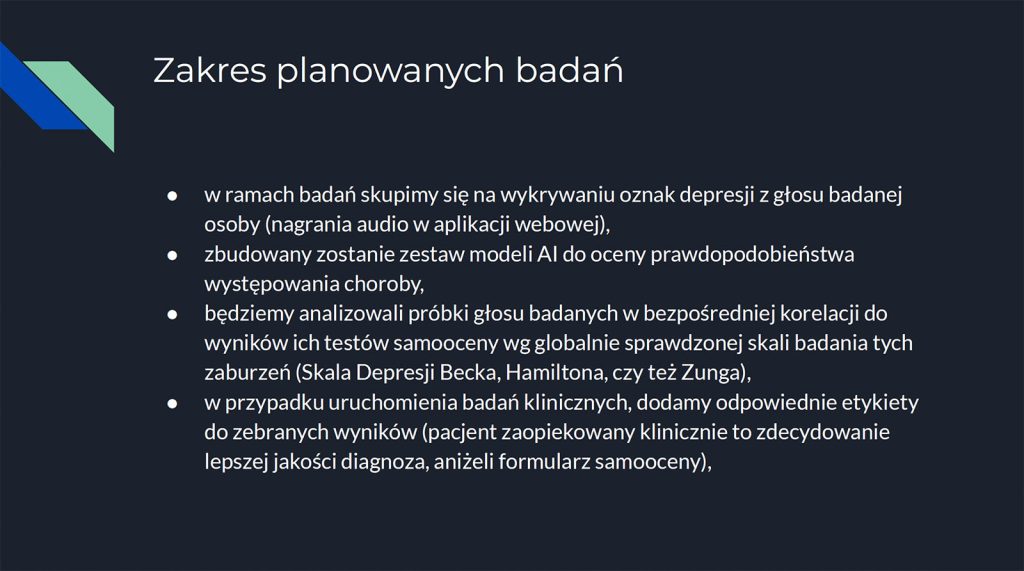
The methodology is based on the correlation of voice parameters with the results of standardized self-assessment questionnaires (Beck, Hamilton, Zung scales). The project also takes into account difficult challenges, such as bioethical issues and lack of access to clinical data, and a part of it is a dedicated web application for collecting recordings and survey data.


Nina Krawczak in her presentation “Medical records management: implementation of the HL7 FHIR standard and the use of artificial intelligence” showed how to combine interoperability standards with modern AI.
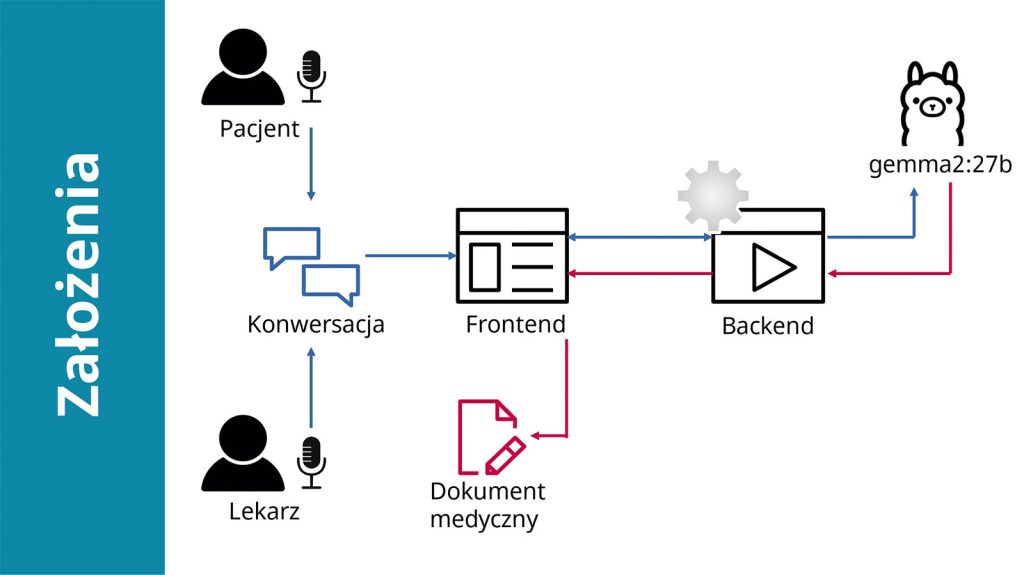
She discussed the implementation of the HL7 FHIR standard using the open-source HAPI FHIR API and integration with the Gemma 2 language model from Google DeepMind. She described in detail the structure of medical documents (consultations, prescriptions, referrals) and their representation in FHIR resources (e.g. “Patient”, “Practitioner”, “ClinicalImpression”). The main goal of the project is to automate the creation of documentation based on a doctor-patient conversation and its secure storage.

Paweł Żelazo in his talk “Artificial Intelligence in Web Application Performance Testing” demonstrated how AI is revolutionizing software quality assurance. He focused on predictive testing, which, based on historical data, production metrics, and code change analysis, allows for predicting potential performance issues before they even occur.
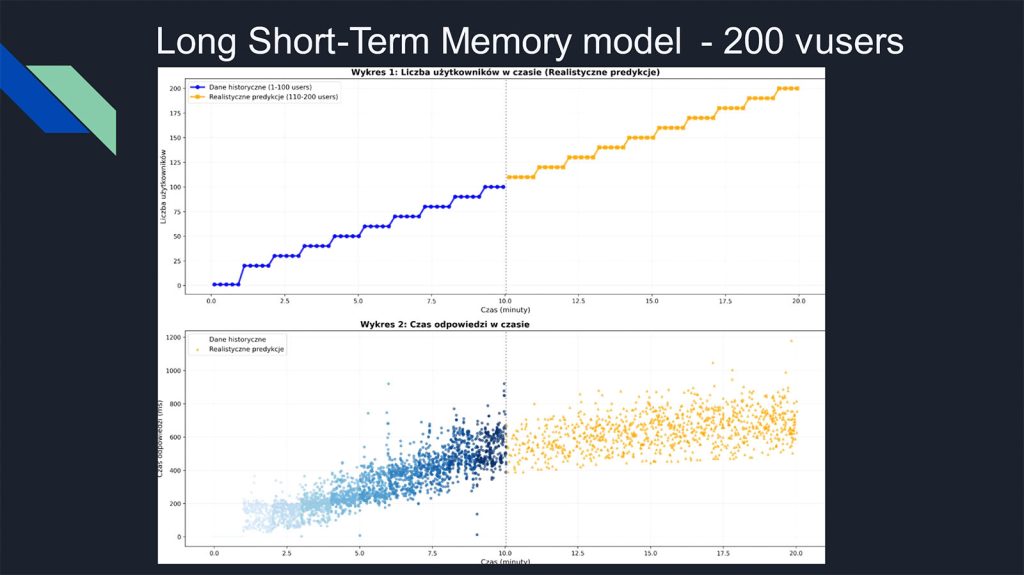
He presented a comparison of the effectiveness of mathematical algorithms and the LSTM neural network model for different load levels (200 and 1000 virtual users), proving the superiority of the machine learning-based approach.

Tomasz Sidor addressed an extremely difficult and important topic in his paper “Using AI to Detect CSAM.” He discussed how AI visual models and automated image classification can support analysts in analyzing massive amounts of image and video data to detect child sexual abuse material (CSAM).
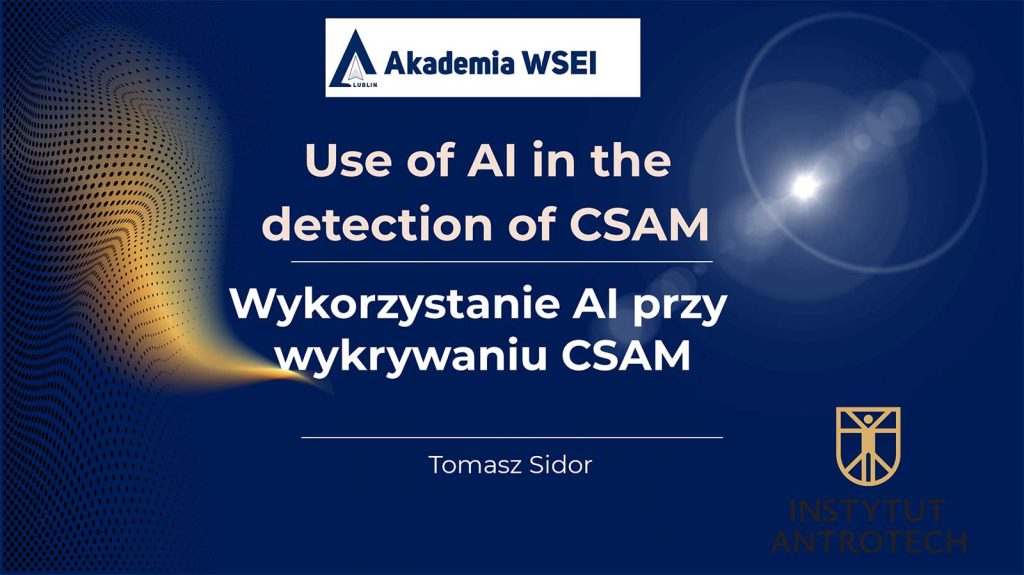
He stressed that this technology, although powerful, must be used in close interdisciplinary cooperation and with absolute respect for legal regulations and the privacy of victims.


The next part of the workshop included an invited lecture by Adam Biernacki from the Łukasiewicz Research Network – Institute of Electrical Engineering, entitled “Science with Business in a Modern Edition”. The presentation “National Energy Security” presented the activities of the Łukasiewicz – Institute of Electrical Engineering (Ł-IEL) in the context of energy transformation and energy security of Poland.

Numerous research, development and implementation projects in the areas of modern energy technologies, electromobility, hydrogen technologies and smart power grids were discussed, emphasizing their contribution to increasing the country’s energy independence.


Then, Dr. Monika Kulisz presented thematic lecture 2: “Differential LSTM architecture for improving image reconstruction in ultrasonic process tomography”.
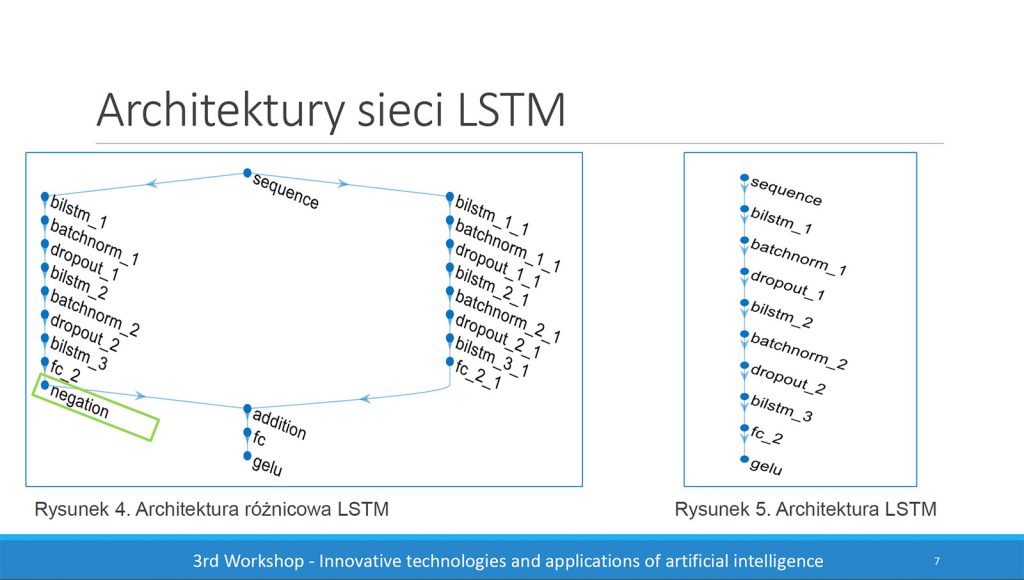
The results of research on the use of differential LSTM architecture with a “negation” layer to improve the quality of image reconstruction are presented, demonstrating significant improvement compared to classical architectures and in line with the trend of implementing AI in real-time measurement data processing.
The last part of the workshop was Session 2: Algorithms, Sensors and Complex Systems, chaired by Dr. Monika Kulisz. The following papers were presented during this session:

Krzysztof Król in his presentation “The use of artificial intelligence in electrical tomography for the analysis and monitoring of process production parameters” described how to look inside a fermentation reactor non-invasively. His research, using a reactor model with sensors and electrodes, compared various image reconstruction methods (Netpixel, ElasticNet, resNET, resLSTM).

He showed that AI algorithms, especially those based on deep learning, enable much faster detection of changes in substrate conductivity and provide real-time visualization of the reactor interior, which allows for precise process control and failure prediction.

Michał Maj in his paper “NTP Synchronization in Multimodal Systems” addressed a fundamental problem in sensor systems – the lack of time synchronization. He showed how desynchronization of data from RGB cameras and RTI sensors leads to errors.
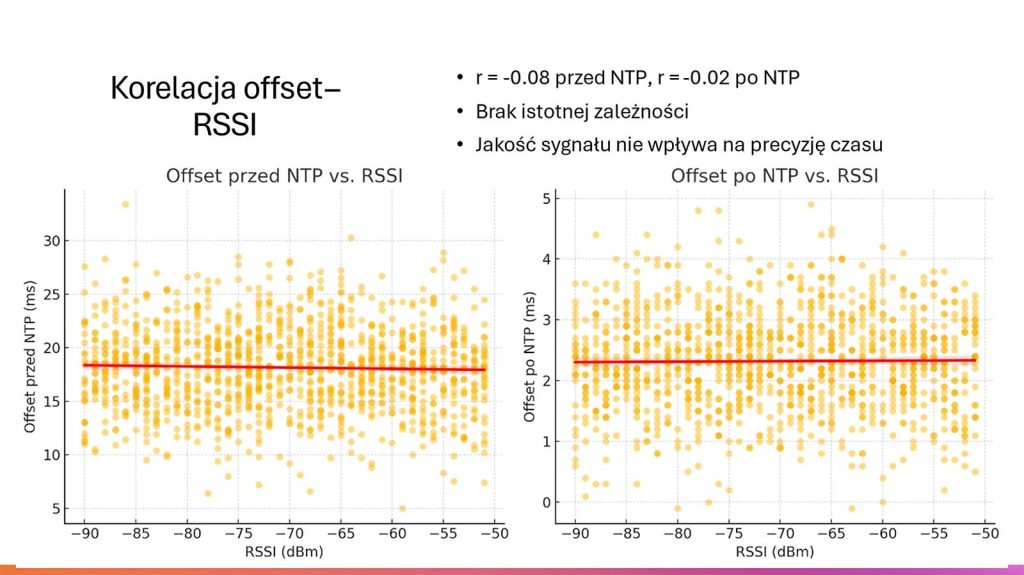
He proposed and implemented a solution based on the NTP v4 protocol, which, thanks to the client-server architecture, reduced the time offset to a few milliseconds. The results, confirmed by statistical tests (Student’s t-test, ANOVA), showed that real-time data fusion errors can be reduced by as much as 89%.


Konrad Niderla presented one of the most innovative approaches of the workshop in his talk “When the RL agent looks inside the reactor, Process Tomography supporting the control of the crystallization process”. He integrated process tomography (EIT and UST) with reinforcement learning (RL) methods to create an intelligent control system for the crystallization process. He implemented and compared different RL algorithms, such as PPO, TRPO and A2C, in a simulation environment. The results confirmed the higher efficiency and stability of the RL agent control compared to traditional methods, which is a promising development direction for the chemical and pharmaceutical industry.


Beata Martyna-Syroka in her presentation “Determining route signatures of a plug-in hybrid vehicle in mode” described her research on the Kia Ceed 1.6 GDI PHEV. The aim of the project was to develop a method for identifying characteristic driving patterns in pure electric mode.
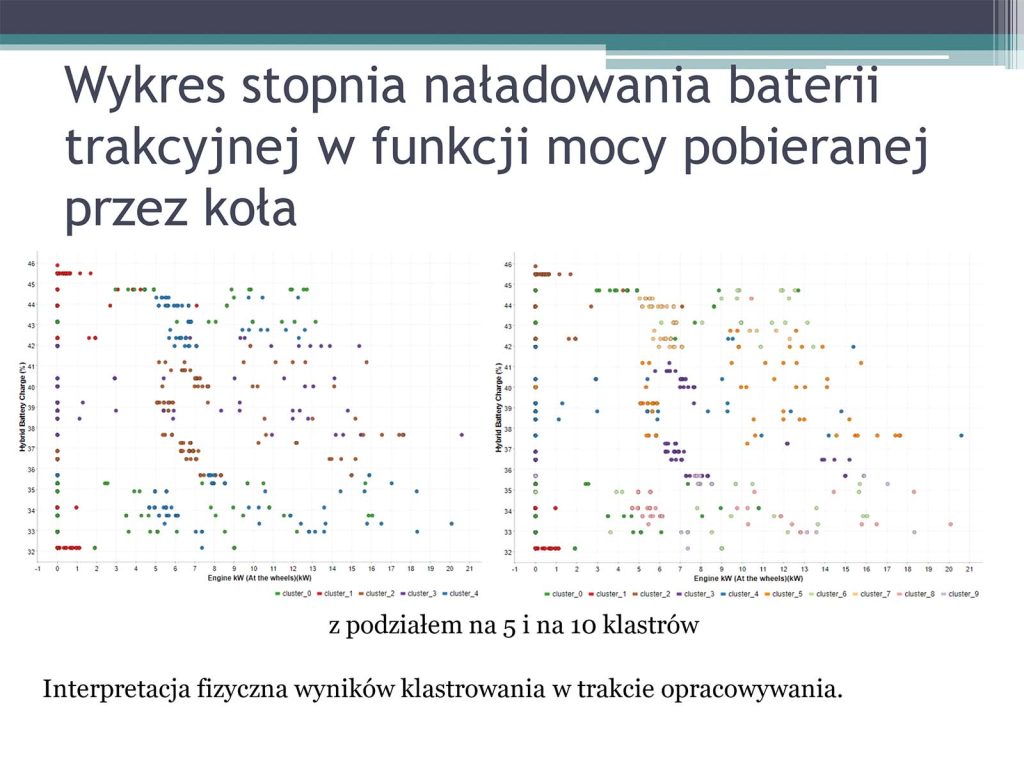
Using data from the OBD2 interface, collected using the Torque Pro and OBD LX applications and then analyzed on the KNIME platform, the company aimed to create unique “route signatures” that could be used by AI diagnostic algorithms in the future.

The workshops confirmed that interdisciplinary competences in the field of artificial intelligence and practical skills in the area of modern logistics and transport are currently among the most sought-after professional profiles on the labor market. The presented examples of implementations and innovative technological solutions indicate further, dynamic development of this sector and the growing demand for specialists capable of designing and integrating advanced AI systems in industrial and business environments. The event was a valuable platform for the exchange of knowledge and experiences, contributing to a deeper understanding of the role of AI in shaping the future of technology and the economy.

